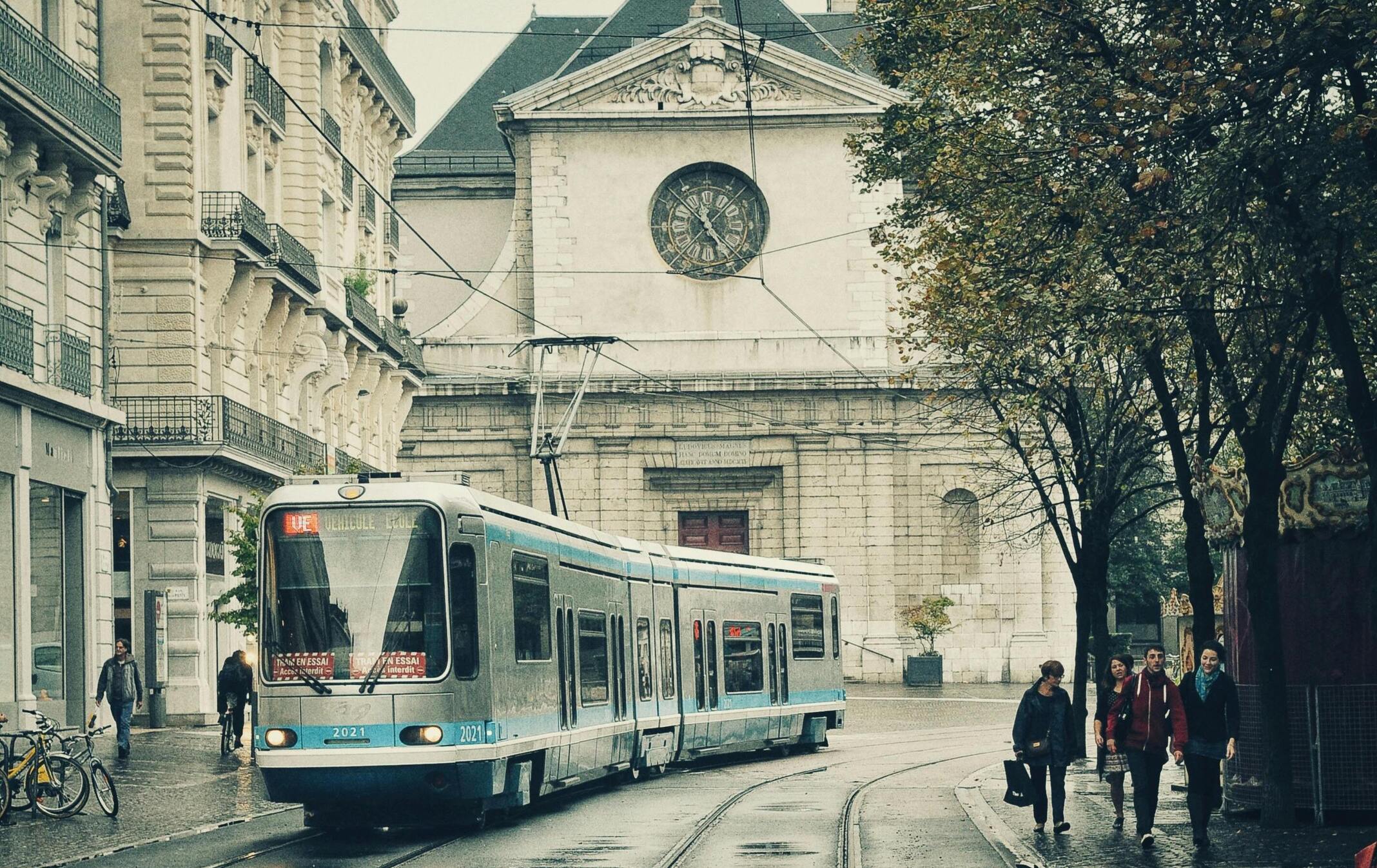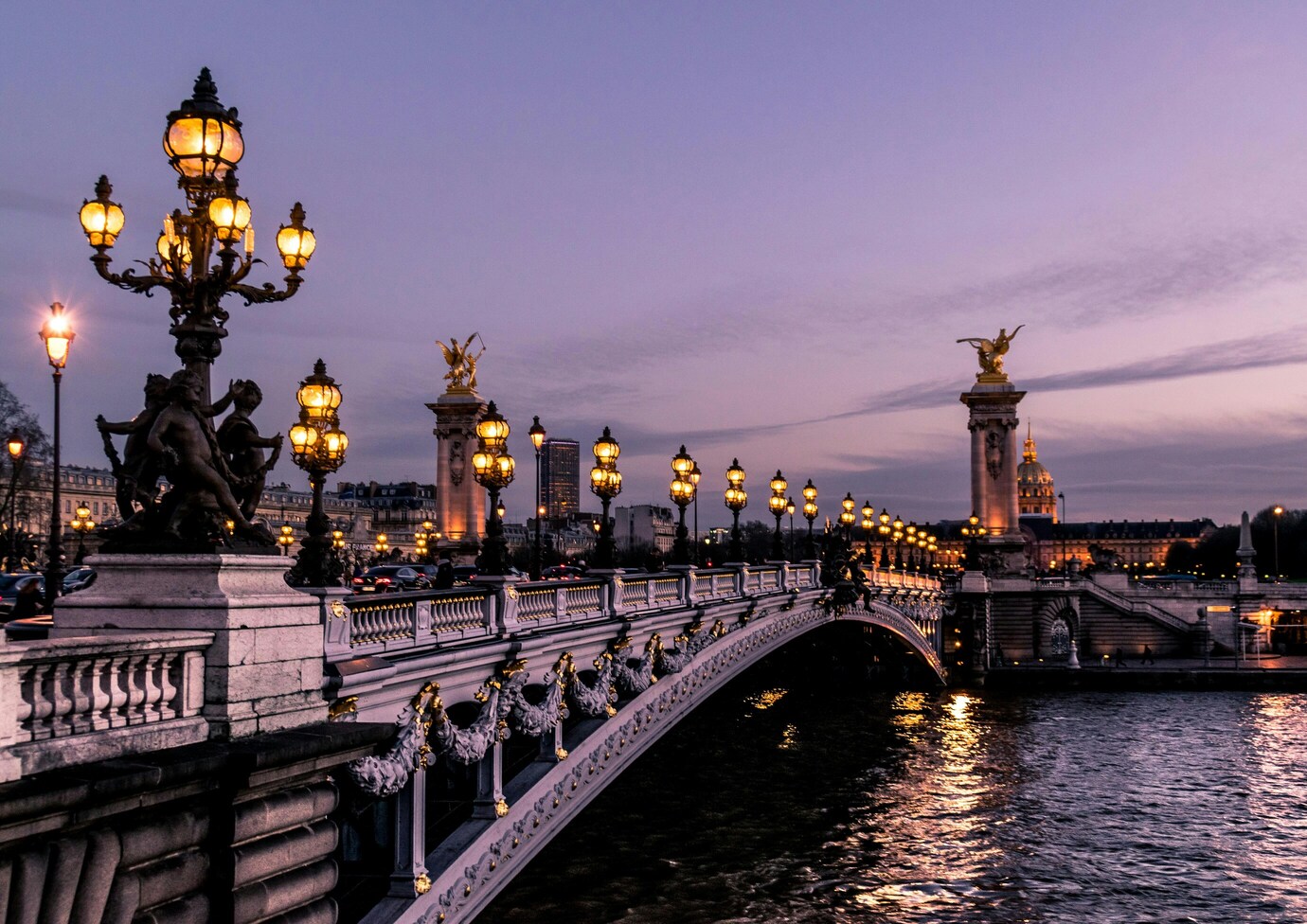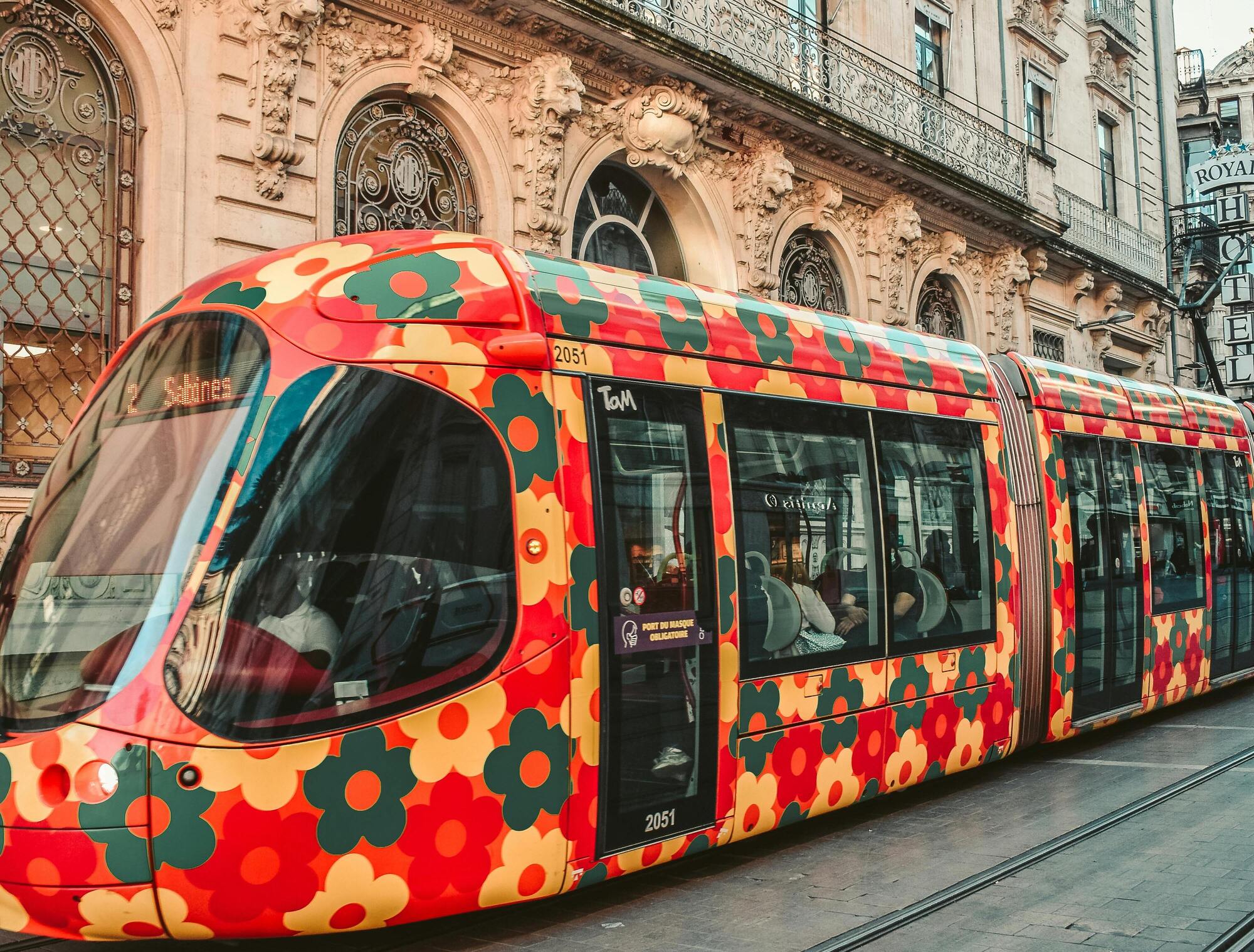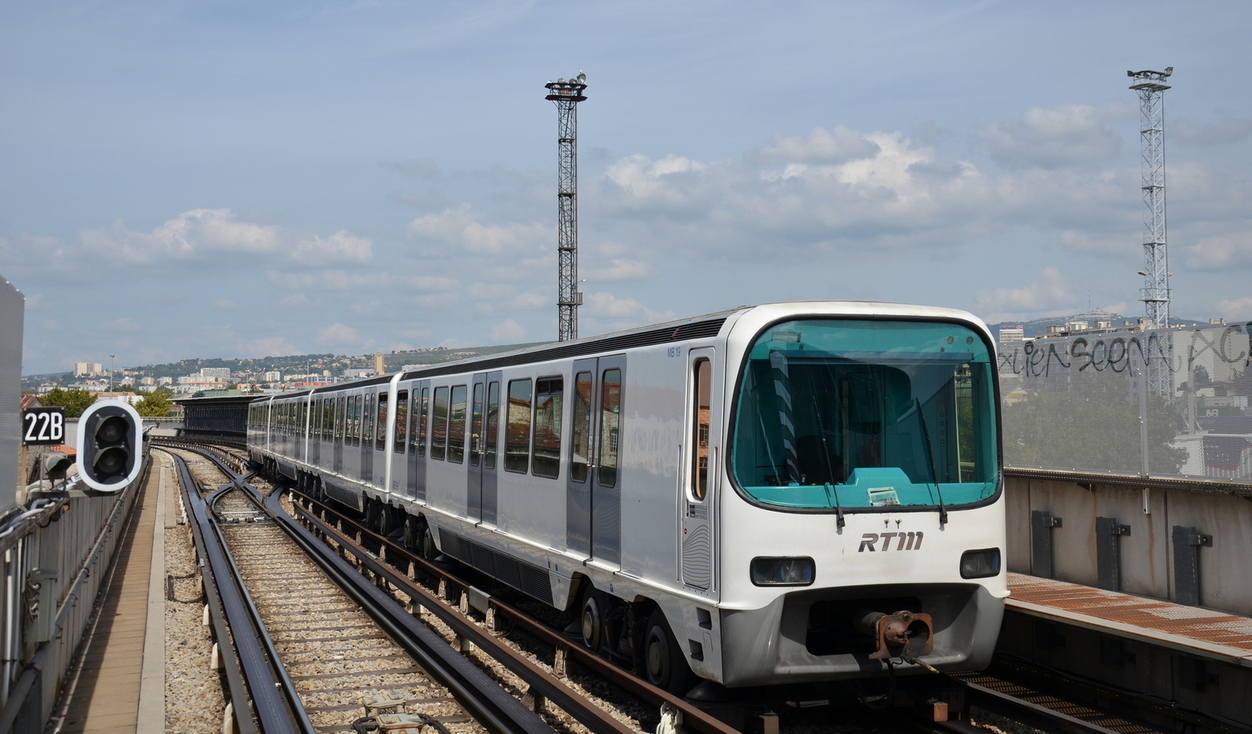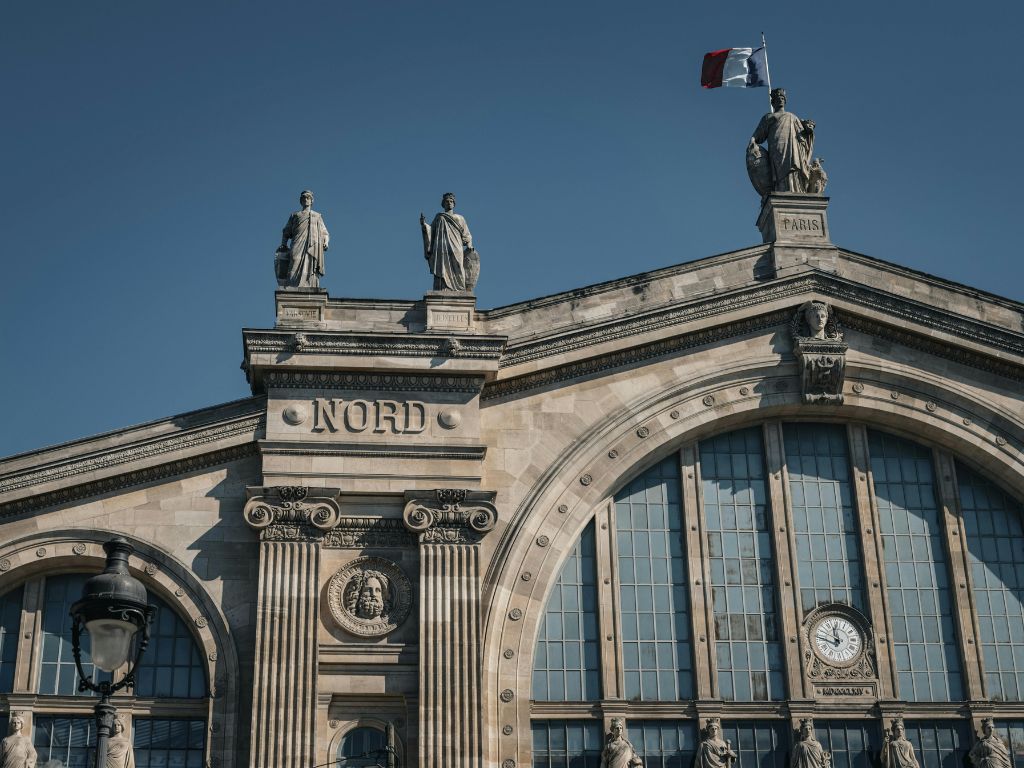Paris’ forgotten train stations

Are you familiar with Paris’ forgotten train stations? These are former train stations that have been converted, which you may have visited without knowing or «invisible» stations that are part of the landscape but that you don’t see as they’re closed to the public… If you’d like to find out more, this is the article for you!
Train stations that were shut down
There are plenty of areas closed to the public right in the heart of Paris. These places in Paris have remained frozen in the 19th century and the forgotten train stations are among these fascinating locations… What are they? Where can you find these ghost stations? Lodgis introduces you to these old buildings that have been regenerated and most of which have become some of Paris’ quirky and secret spots…
La Petite Ceinture
La Petite Ceinture is a former train line that once ran around Paris. It lies within the Boulevards des Maréchaux. The precursor to the metro, this train line is now totally abandoned; its track and stations are largely fenced off and walled in. However, some of the remains of La Petite Ceinture have been restored and are now open to the public: the Gare d’Auteuil and the Gare de la Muette in the 16th arrondissement and even place Balard and the rue Olivier-de-Serres in the 15th arrondissement.
The Gare de la Muette, for example, has been transformed into a magnificent restaurant where you can enjoy delicious food, either inside the restored station or on the lovely terrace built on the old train lines of la Petite Ceinture.

The Boulevard Masséna station
Another station closed to the public is the Gare du boulevard Masséna on RER line C. This station used to be called «Orléans-Ceinture» and was commissioned in 1867 by the Compagnie des chemins de fer de l’Ouest. After the La Petite Ceinture closed, it was also home the suburban trains that come through the Gare d’Austerlitz, but was closed in 2000 and replaced by the Gare Bibliothèque François Mitterrand.
After the call for projects launched by Anne Hidalgo, the Masséna train station inspired many breathtaking ideas came out of it, one of which was successful: “ Réalimenter Masséna”.
This incredible environmentally friendly project will take shape in 2021 and will offer locals and tourists a place of share high-quality organic food and take a pleasant stroll in a green space.
This train station has a rich historical past and a bright future ahead. It is located in Paris’ 13th arrondissement, which is famous for its tendency to create and innovate. If living in one of the most inspiring places in the city sounds appealing to you, we recommend that to take a look at our range of furnished rentals in the 13th arrondissement of Paris!
The forgotten stations
In Paris, there are many buildings that we can pass each day without knowing that they are former Parisian train stations!
The Musée d’Orsay
For 39 years the Gare d’Orsay was the train station in Paris that symbolized the Paris-Orléans railways company. Then, in 1986, the «Gare d’Orsay” was transformed into the «musée d’Orsay», dedicated to 19th-Century art. Situated between the quai des Invalides and the train station Paris-Austerlitz,the musée d’Orsay is packed with art as well as history…
Before it became a train station and museum, this building was a palace. The ground floor was occupied by the Council of State from 1840. Two years later the Court of Audit moved in on the building’s second floor. But the palace was burned down in 1871 during the Paris Commune..
The gare d’Orsay was built on the ruins of the palace to receive visitors of the Exposition Universelle in Paris in 1900. The idea was to extend the tracks of the Paris-Orléans train line right into the heart of Paris. The station would therefore need to symbolize the beauty and grandeur of Paris, whilst also improving the architecture alongside the Seine. Victor Laloux, winner of the Prix de Rome, designed the building using a glass roof with a metallic structure that he masked with a richly-decorated stone facade. Three large statues represent the three main destinations of the Compagnie d’Orléans: Bordeaux, Toulouse and Nantes. A 370-room hotel was built at the west end of the building.
During the Second World War,the Gare d’Orsay was used as a mailing center for sending packages to soldiers and prisoners of war. During the 1950s only a few platforms were still used for suburban trains (the inter-city lines had been moved to the Gare d’Austerlitz) and the rest of the station was shut down. Train traffic there was completely phased out in 1958. A long battle ensued regarding the building’s future use. In 1970 the station was threatened with destruction, but the building was listed on the Supplementary Inventory of Historical Monuments; it was later classified as a historical monument in 1978.
In 1986, the transformation of the Gare d’Orsay, in line with that of the Louvre, was completed. Only the upper part of the station was preserved…and the Gare d’Orsay became the Musée d’Orsay. Speaking of which, the Musée d’Orsay is famous for its breath taking exhibitions and the beauty of its architecture. If you suddenly feel like going to an artistic exhibition this year, we recommend that you read our top 5 exhibitions in Paris.
Paris – Bastille
Open from 1859 – 1969, the Gare parisienne de Bastille only served the Paris suburbs. Situated between the rue de Lyon and the rue de Charenton, it was opened on the 22nd of September, 1859 by Napoléon III who entrusted its management to the Compagnie de l’Est.
More than a century later, the Gare de Bastille was closed to make way for the new Line A on the Ile de France RER, which replaced the so-called «ligne de Vincennes». This modern transport system (electric and high-capaity) links eastern and western Paris via a long tunnel that runs as far as Saint-Germain-en-Laye. The last ever steam train to depart from Paris-Bastille was on the 14th December, 1969.

Converted stations
There are other lesser-known stations in Paris that have been forgotten or converted. Here are a few of them:
– The Gare de Paris – Bestiaux was transformed into an exhibition hall called the Grande Halle de la Villette.
– The Gare du Champs de Mars for the Exposition Universelle in 1878. It was replaced by the Gare du Champs de Mars -Tour Eiffel. The original building of the Gare du Champ de Mars, which was moved in 1897 to Asnières, was threatened with destruction before being listed as a historic monument in 1985.
– The Gare des Invalides is still intact today. Its basement now houses the Invalides metro station and the ground floor of the building is used by Air France.









